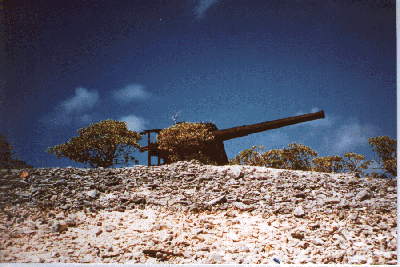
BRITISH GUN CAPTURED BY JAPANESE IN SINGAPORE AND RELOCATED TO WAKE

BRITISH GUN CAPTURED BY JAPANESE IN SINGAPORE AND RELOCATED TO WAKE
This page designed and maintained by N1DG.
Your comments and input are always welcome
Last updated 13 May 2003